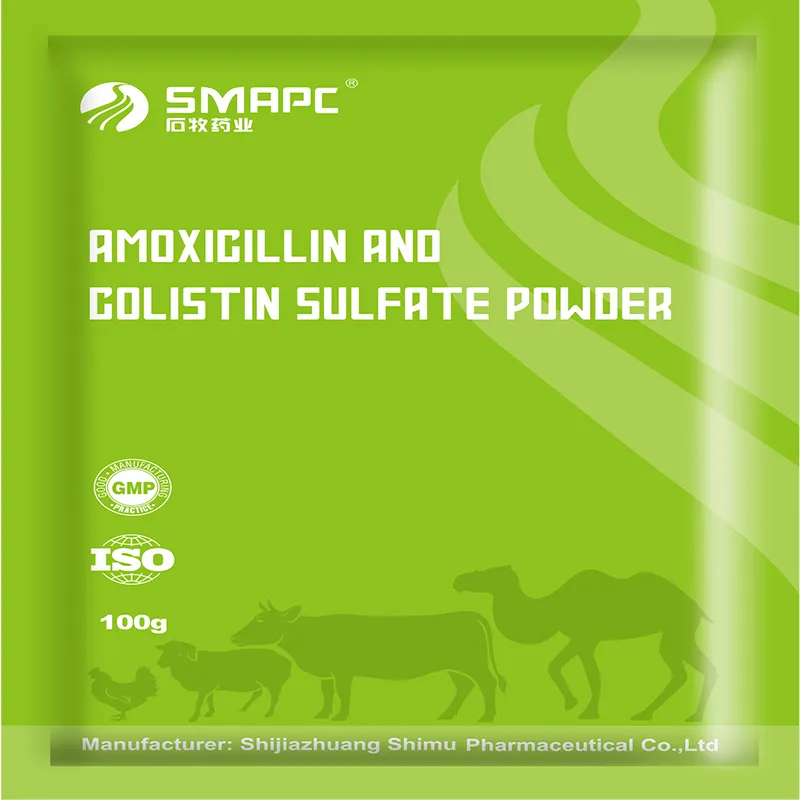Another prevalent health concern is mastitis, an infection of the udder that can occur in dairy goats. Symptoms include swelling, heat, and pain in the udder, as well as abnormal milk. Immediate veterinary attention is required to manage mastitis effectively, often involving antibiotics and supportive care.






